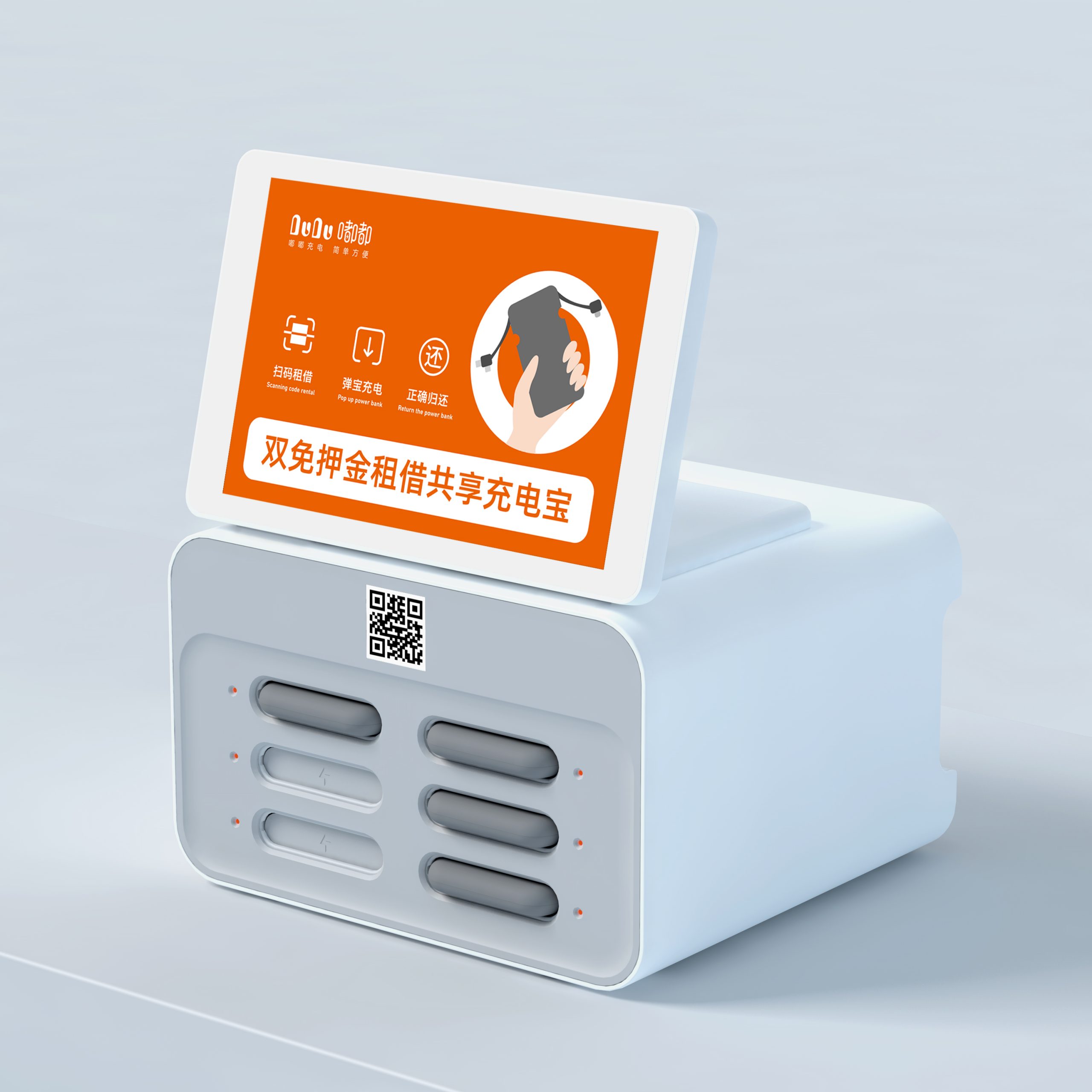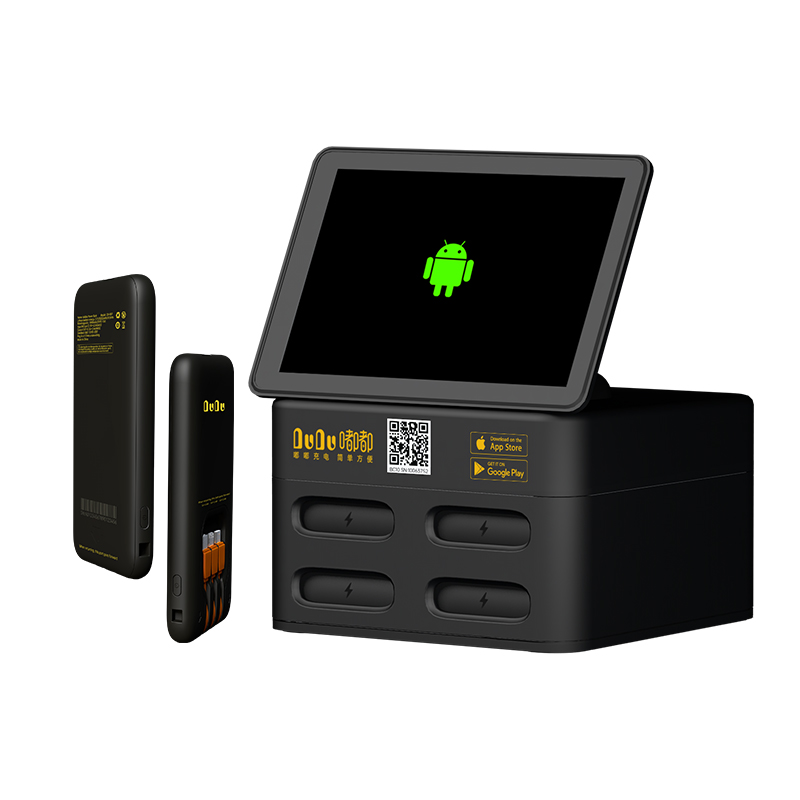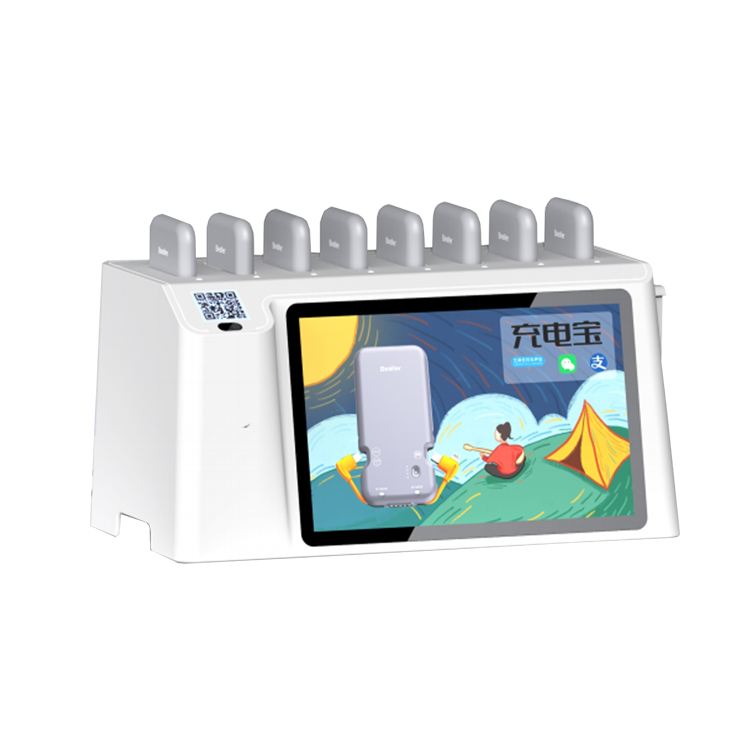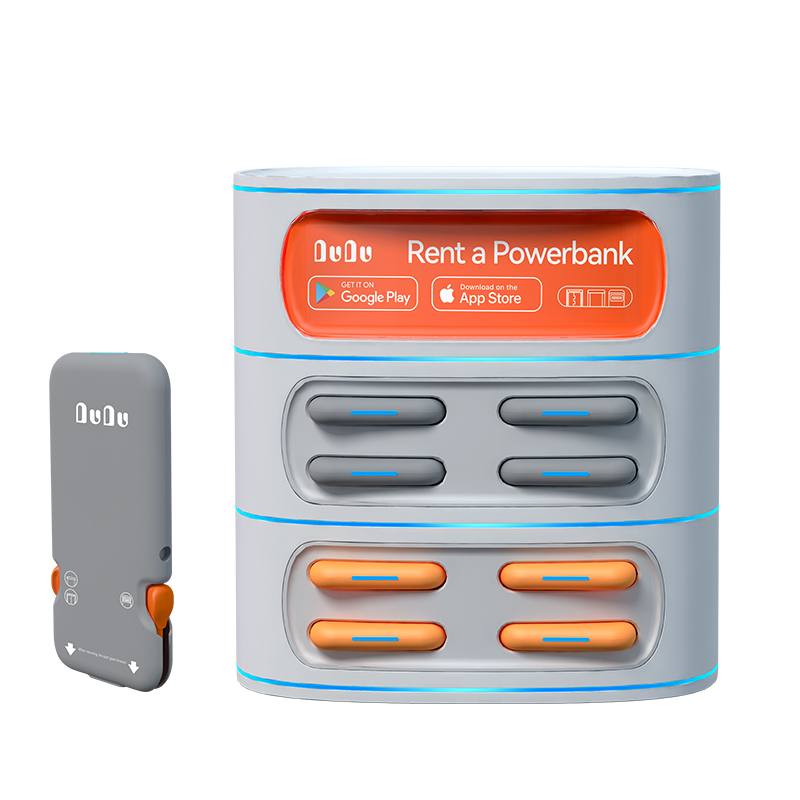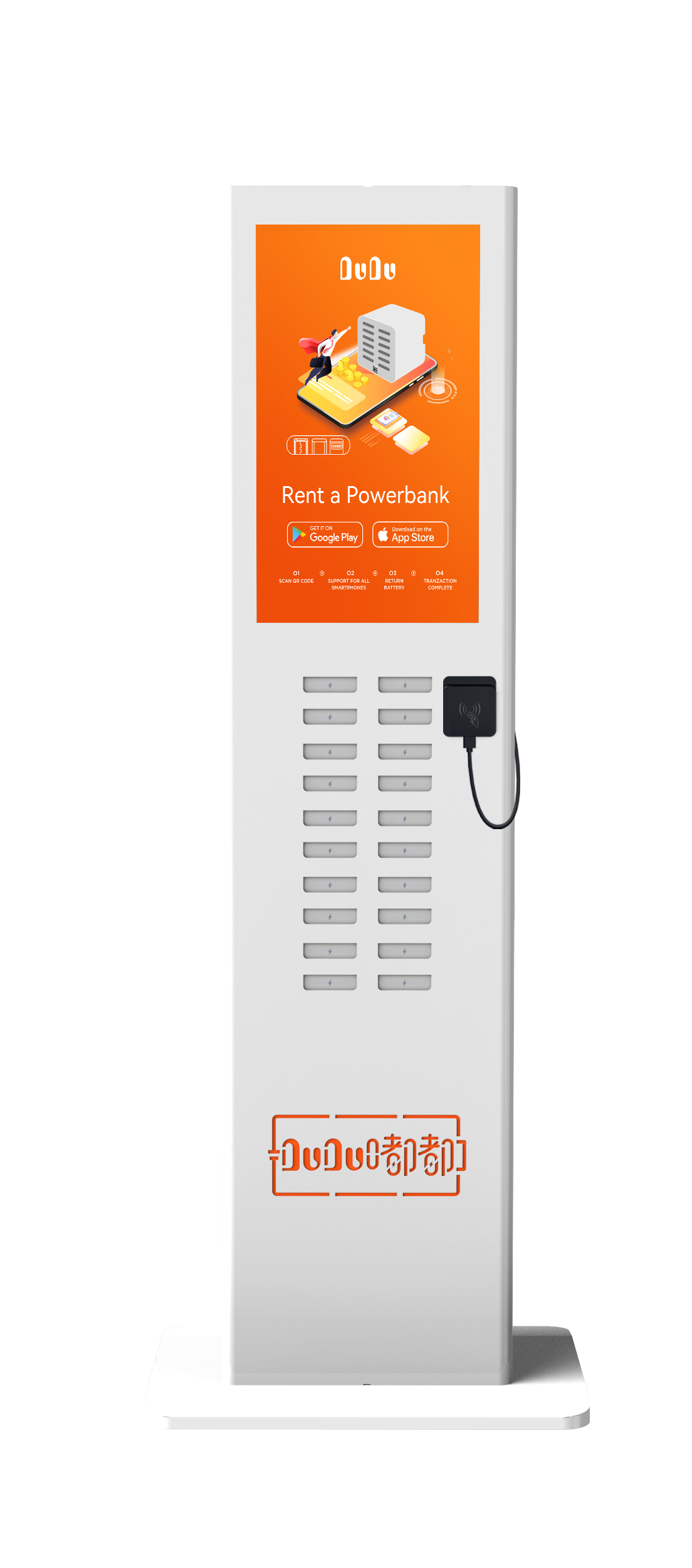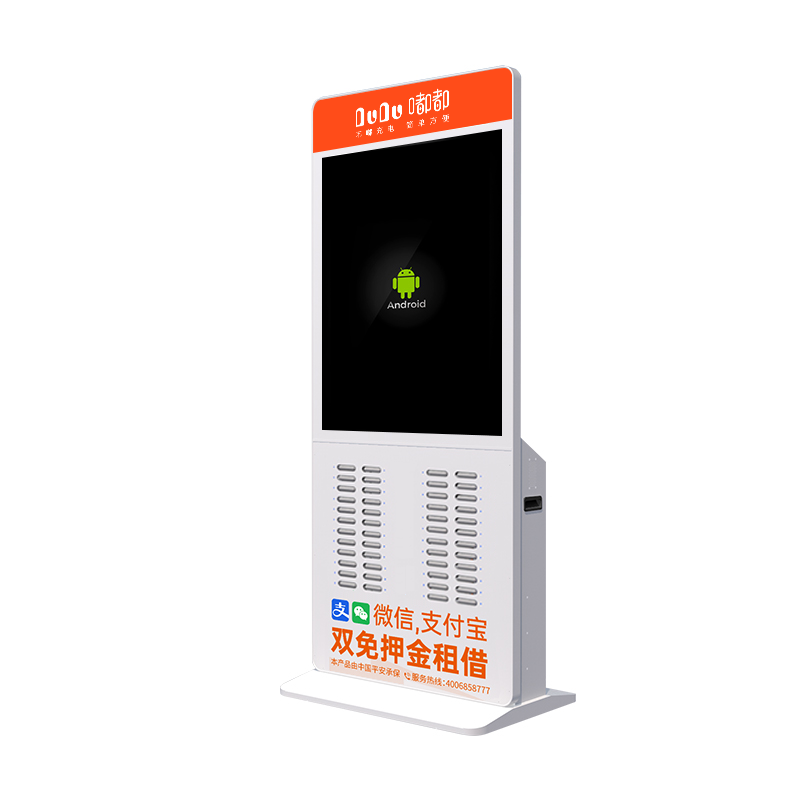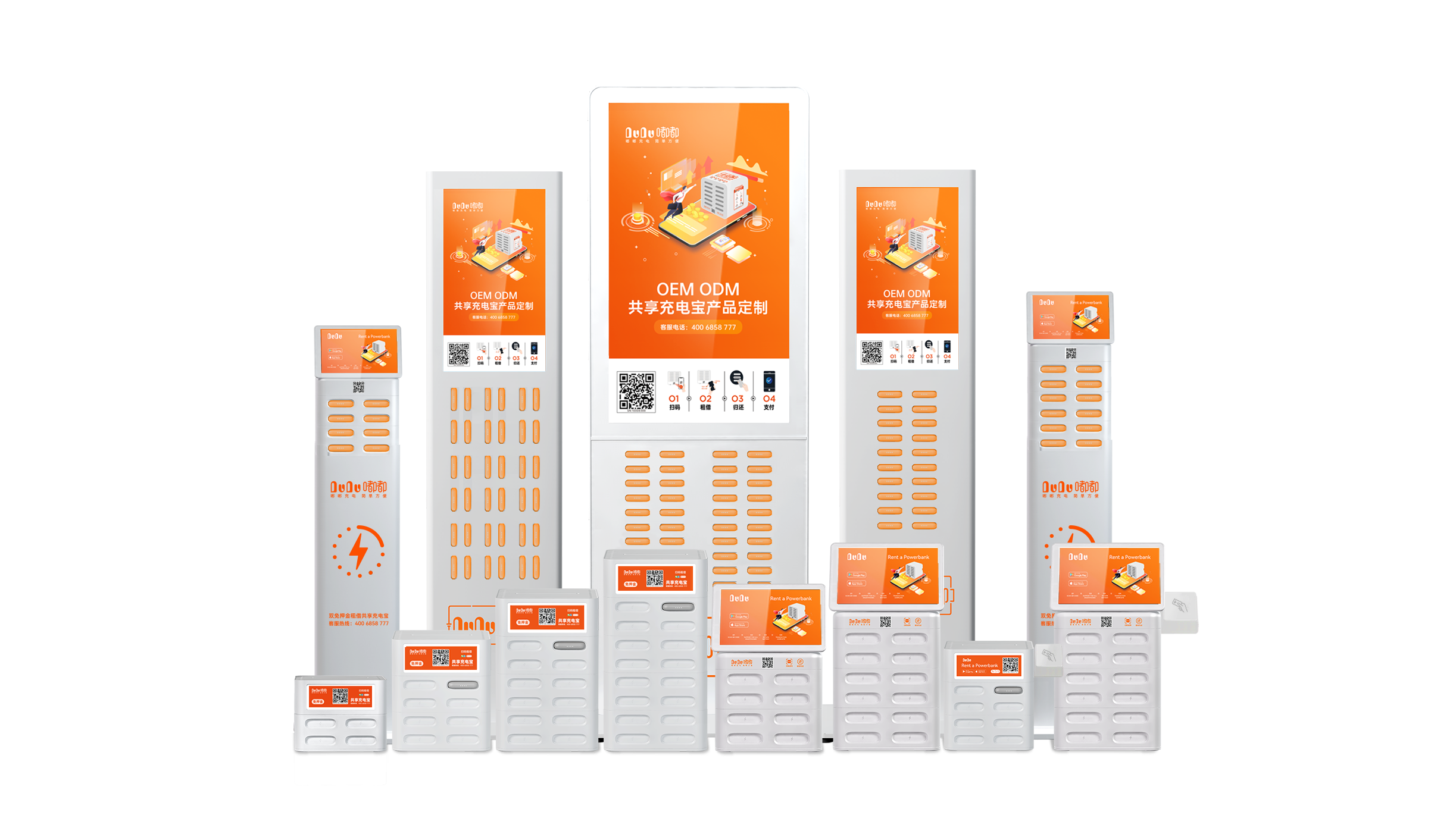Intelligent monitoring system:
Shared power banks are usually equipped with intelligent monitoring systems. It can monitor the working status, battery level, connection status, etc. of the power bank.
Camera monitoring:
Some shared power bank devices will install cameras to monitor the user’s operation, in order to track damage or malicious behavior.
Sensor technology:
Using sensor technology to detect the operating status of the power bank, such as whether it has been hit or other abnormal situations.
Data analysis:
Through data analysis techniques, it is possible to analyze the borrowing and returning records of users and discover abnormal behavior.
Shared power bank companies will strive to ensure the integrity of equipment and user rights.


